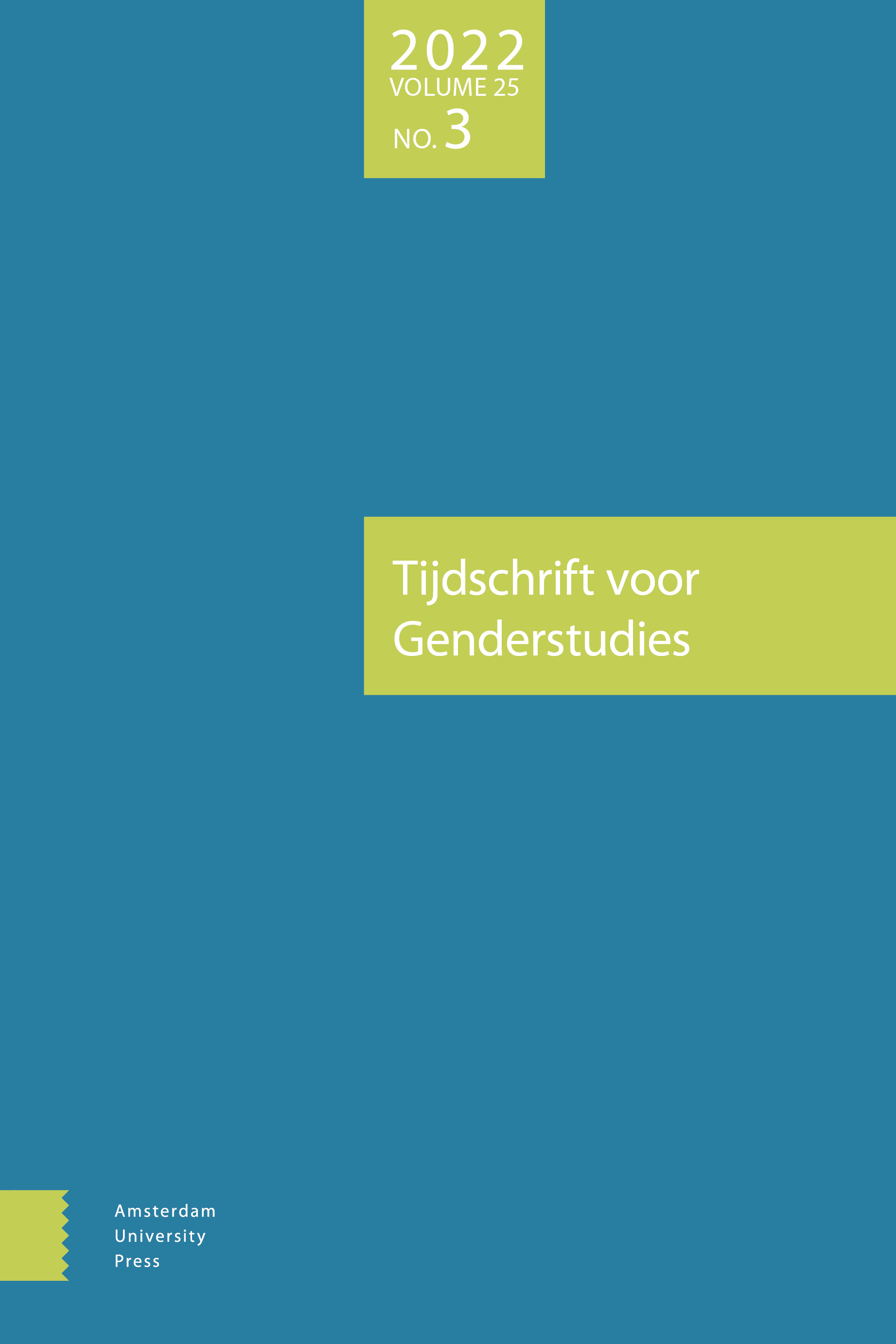-
oa ‘The issue is not getting but keeping women in politics’: The impact of violence against women in politics in the Belgian context
- Amsterdam University Press
- Source: Tijdschrift voor Genderstudies, Volume 25, Issue 3, Oct 2022, p. 231 - 247
-
- 01 Oct 2022
Abstract
Violence against women in politics (VAWIP) is a significant problem. Worldwide, female politicians face violence targeted specifically at them because they are women engaging in politics. The impact of VAWIP has mainly received attention in conflict settings and in countries where women are traditionally largely underrepresented in politics. Based on a case study in Belgium, this article looks into how VAWIP affects female politicians in a country with a high presence of women in politics. To do so, semi-structured interviews were conducted with seven female politicians sitting in different Belgian parliaments and municipal councils. Based on a thematic analysis applied to the data, three mechanisms were identified through which VAWIP affects female politicians: it creates a hostile work environment for women, it silences women as political actors, and it hinders women in carrying out their actual work. The results show that all these difficulties added up can lead female politicians to consider leaving or actually leave politics. The article therefore concludes that the impact of VAWIP is twofold: it drives women out of politics but also significantly reduces their input while they are active in politics.


